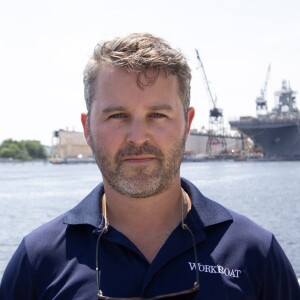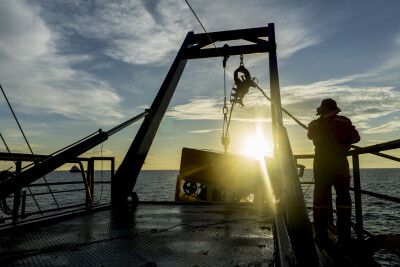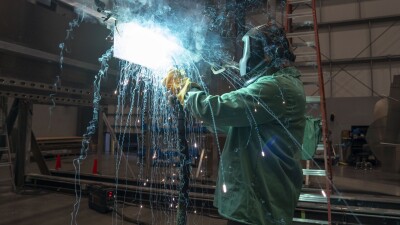Underwater Intervention to reach new depths as part of the WorkBoat Show
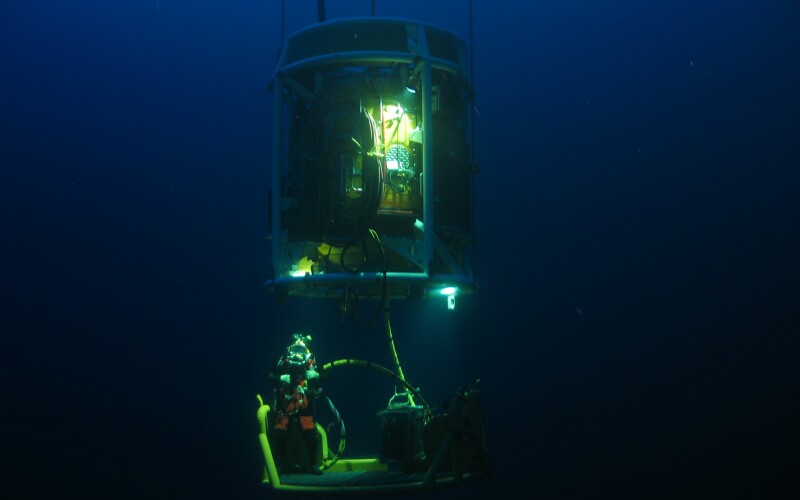
Recent innovations in the maritime industry include everything from an evolution in vessel design to a change in the approach many companies are taking to cybersecurity
Similar advances have redefined the underwater intervention market. New capabilities of ROVs, manned submersibles and USVs/UUVs (unmanned surface vehicles/unmanned undersea vehicle) are opening up new value propositions for engineers and technical specialists. What does it mean to effectively explore and understand these opportunities?
Doing so is the prime focus of Underwater Intervention, which returns after a three-year hiatus as part of the International WorkBoat Show. UI attracts a global audience of engineers, technical specialists, and experts to share ideas, debate subsea issues of the present, and define what technologies can positively affect stakeholders in the future.
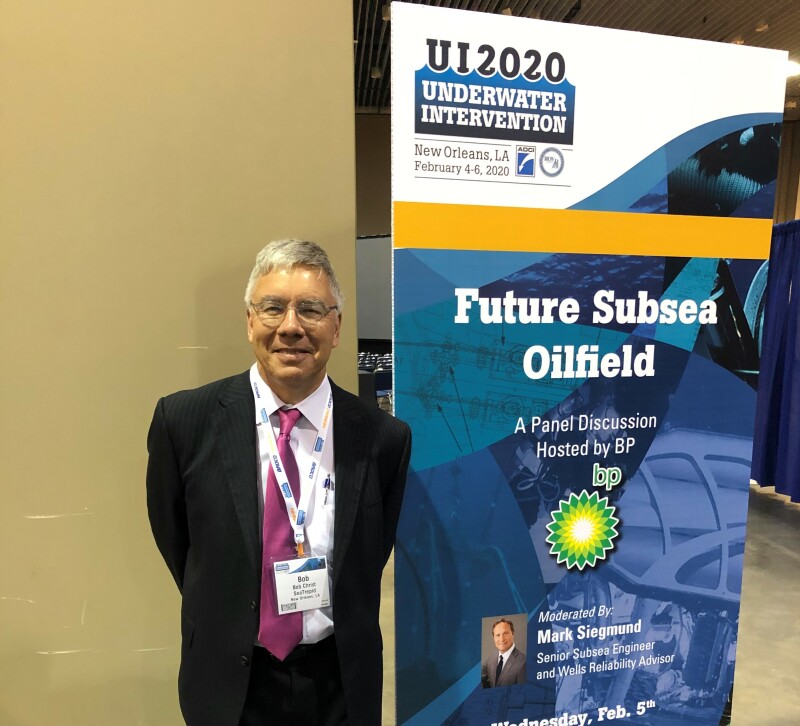
WorkBoat.com: Can you give us some background about the UI community and the people and technologies that define it? Who are these professionals and what are the projects and innovations they most focused on?
The subsea industry has myriad branches, but it can be broadly branched into commercial, scientific, military and recreational. The location and focus of UI has traditionally been the commercial and military sectors as our venue is in the heart of the Western Hemisphere’s oil and gas industry as well as next to the Stennis Space Center (in Mississippi, which houses U.S. subsea mapping).
The UI attendee profile is industry professionals focused within those two branches. Participants are drawn here to further the discussion on enabling technologies for the diving, unmanned intervention and remote sensing aspects of technological development. We focus on energy production (both hydrocarbon as well as renewables), deepsea mining and subsea mapping.
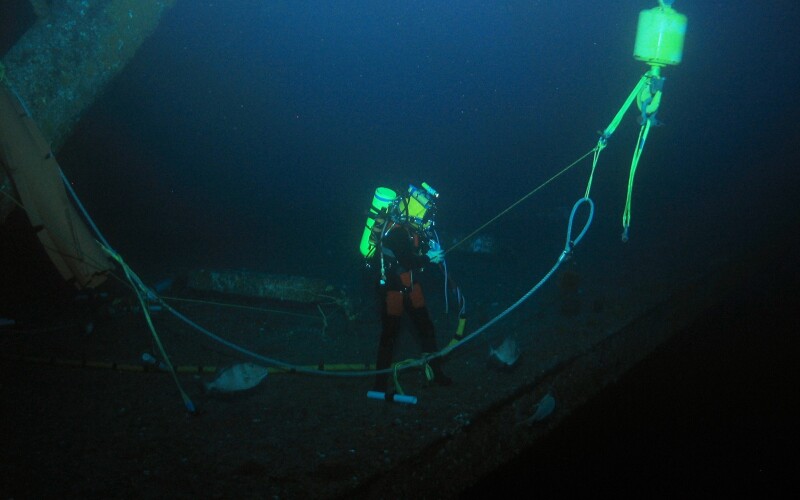
How has your own background as co-founder of SeaTrepid affected the development of this community? What are some of the most notable projects you’ve worked on that have created value for your customers or served the larger ocean community?
SeaTrepid has a 20-year history of innovation. As a boutique service provider focused on unmanned systems, I have had the extreme pleasure to be exposed to some of the best minds in the business. From the first internal wreck survey of the USS Arizona with the National Park Service to Cenote exploration with Emory Kristof and Wes Skiles of National Geographic fame to the search for Greenland Sharks on to the search for MH370, we typically get the first call and respond.
My most interesting program was the startup of a large client service company fielding multiple AUVs managed remotely (allowing for scaling). Our approach is always geared towards the client’s needs. We really enjoy the creative process as each project has its own unique twists. The client gets upper-level management direct involvement (as opposed to what may be encountered with larger providers). This industry is populated by 'movers' that seldom sit still.
What are some of the ways that you see further connections between the engineers and technical specialists of the UI community with the shipyards and vessel operators that define the Workboat audience?
Our UI stakeholders are delighted to join forces with the WorkBoat Show as the two functions are complimentary. UI brings a bolt-on community to WorkBoat while the connections to exhibitors and vendors is clear and obvious. The same exhibitor previously had to exhibit at both shows to get this exposure whereby now they can dually use their resources to get double the clientele. This is a brilliant synergy. This union encourages the end mission (ROV, AUV, survey etc.) direct show access across the aisle from workboat support services selling through the boat.
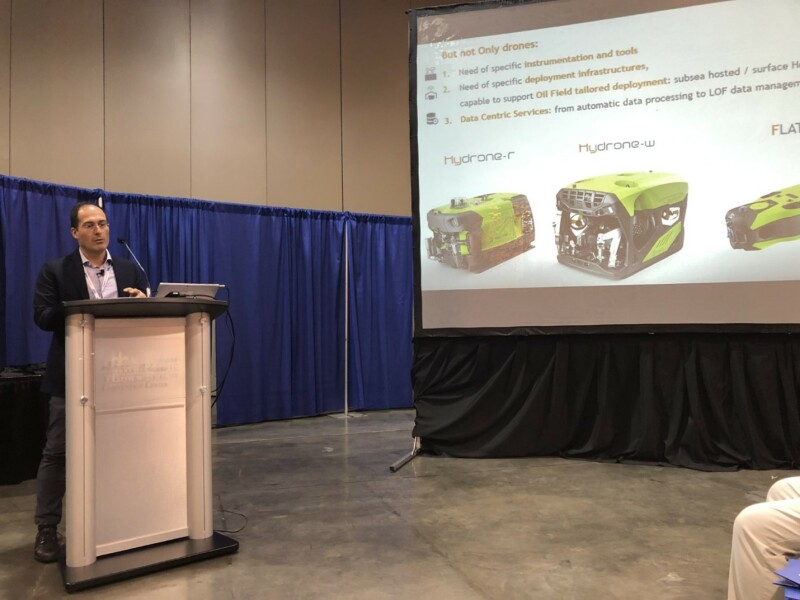
Do any of those better connections represent how the UI community has evolved over the past few years? How have people’s expectations around underwater strategies or technologies evolved?
UI’s continued focus on new technologies and innovation in our industry has sparked cross-function information transfer between the respective disciplines. The beauty of this event is the exchange of ideas in a friendly and open environment allowing for participants to both tout their accomplishments as well as exchange ideas of upcoming projects for best dissemination of innovation across a broad spectrum of disciplines.
UI attendees are there to get a peek into what others are doing by way of tactics and techniques for adapting new technologies for helping get their jobs accomplished.
UUVs are one of those technologies that have evolved, but the aerial drone industry has witnessed a true revolution within the last decade, with UAVs being deployed to reduce costs and improve safety. Is the same thing happening with UUVs?
We have mapped more of the surface of Mars than we have of our own Earth. The reason for this gap in knowledge centers on the difficulty of gaining information on the structure of the world’s deep oceans. UUVs allow the sensor platform to go to the location for gathering that information in a safe and effective fashion.
With the recent tragic casualty of a manned submersible in the deep ocean, the need for removing humans from that dangerous environment is clear. Further developments are in order, but the UUV technology is rapidly mirroring its terrestrial and aerial brethren as the uncrewed vehicle technology continues to evolve.
As the number of deployed UUV platforms grow, the development costs can thus be spread over larger populations of systems allowing for the real cost of development to drop (thus encouraging further innovation).
What sort of challenges have you faced when an individual or organization isn’t open to utilizing a new tool and instead does things the way they’ve always done it?
The short-sighted economic incentive in any industry favors focusing on short-term profits while overlooking the long-term benefit of inventing new ways to improve upon the processes.
The other enemy of innovation is the 'not invented here syndrome. All too often, management compensation rewards immediate profitability while neglecting the long-term benefits of innovation. Ways to break through this paradigm include governmental incentive programs encouraging R&D along with changing of corporate mindsets to focus on a longer-term vision.
Other industry initiatives allow for shared development costs (such as DeepStar), while the DOE has heavily invested into offshore wind research for continuing the world’s transition to renewables. The challenges continue to be the end user’s continued focus on pushing the R&D costing for innovation onto the service providers (whom rarely see the long-term benefits of those innovations nor are able to afford it).
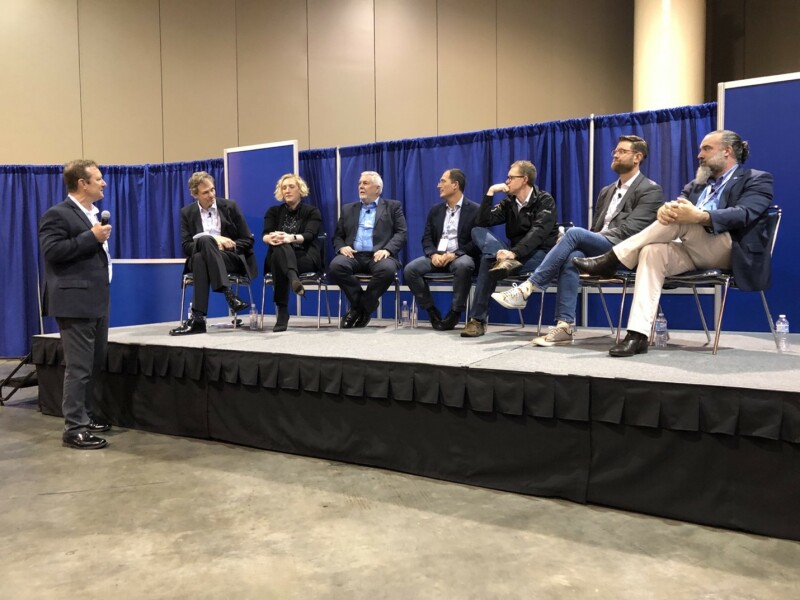
Tell us about the various tracks and chairs that have defined the UI program in years past. How many different topics and technologies has it covered?
With the three-year hiatus following Covid, UI has refocused on our core competencies of diving, ROV, manned submersibles, UUV/USV, survey and marine education. For this restart, we will return to our roots and build up from our base to renew 'the discussion”ocusing on innovation within our industry mainstream.”
Underwater robotics represents a power means of bringing about a different workforce both in offshore operations and land-based controls. How do you envision these solutions making an impact for an industry that suffers from workforce shortages?
During the pandemic, the price of oil precipitously slid to unprecedented negative territory triggering a brain-drain exodus of the remaining talent. Those valuable members of the community have not fully transferred back leaving a huge labor gap which has not fully recovered. Jill Zande’s Workforce Development track focuses specifically on training new talent for the rigors of this industry. Young people have a very healthy industry available to them for the taking.
What do you expect to be some of the most notable challenges with implementing this kind of autonomous technology? Will they be more about people, existing processes, or something else?
Some operators are taking step-change approaches to autonomy. For instance, U.S.-based Ocean Infinity is fielding their ARMADA fleet of minimally crewed vehicles for staging of hull-based sensors as well as robotic platforms while Nauticus Robotics focuses on anthropomorphic subsea vehicles. The sensor technologies are the fastest moving of the subsea innovation process. But until we can truly operate an uncrewed vessel on the open sea legally, we will be throttled from further development with unoccupied maritime surface vessels.
A human will always be in the chain, but the more nodes on the system that can be managed by one human, the more autonomy and efficiency will be achieved. That remains the technological challenge.
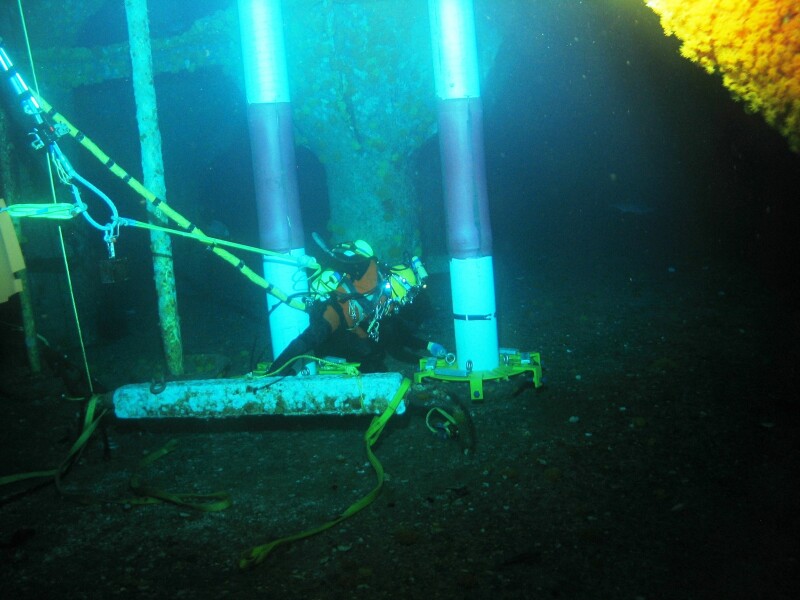
What are some most notable trends or emerging technologies that are shaping the underwater robotics industry?
What advice would you have for vessel operators that are trying to sort out the possibilities that exist with underwater innovations?
Some vessel operators have enjoyed great success with subsea services while others have languished. The basic question is one of business models. Is this an ROV/AUV/survey etc. boat or is this a boat with ROV/AUV/survey etc. capability aboard? That determines whether the vessel operator is in business of delivering a mission service or is a mission service enabler.
That question will determine the level of risk inherent within the business model.
What’s one thing you’re looking forward to hearing about or being part of at Underwater Intervention this year?
UI will promote these open format discussions along with inviting participation from our end clients from the energy, military and commercial segments. The deployment of autonomy into the subsea function is the critical (and hardest to achieve) path facing our industry and will be the focus of this year’s show.



